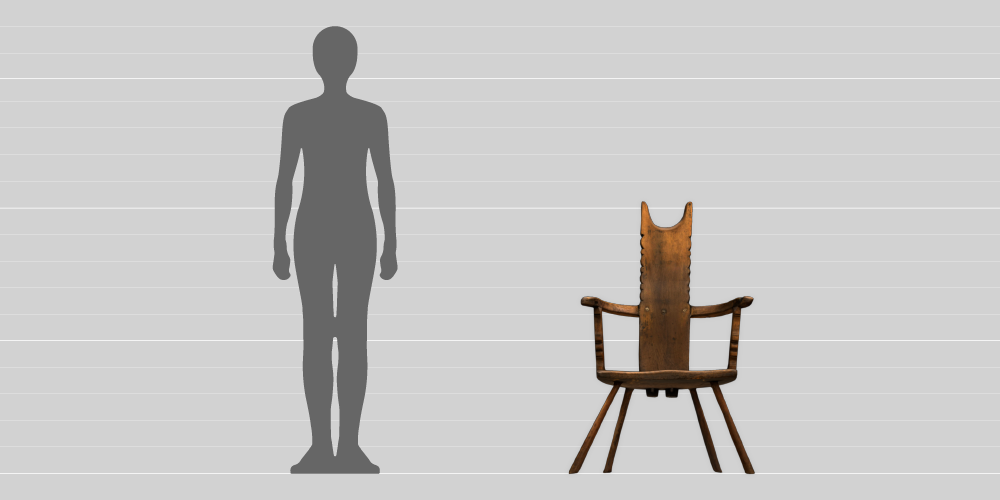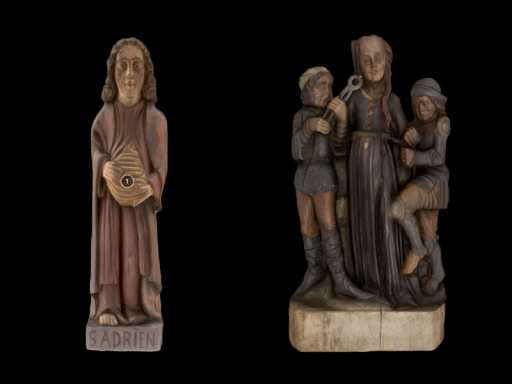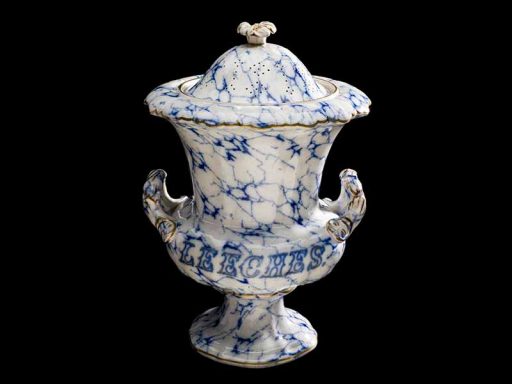
Curriculum links
About this object
This chair was made about 200 years ago. It was owned by a barber (men’s and boys’ hairdresser), and customers would sit in it to have teeth extracted. Until about 150 years ago, it was common for barbers to perform surgery, including the extraction of teeth, but also draining of boils and even amputations. The cutaway part at the top of the chair’s back enabled the patient to lean their head back. As there were no effective anaesthetics to dull the pain or put patients to sleep, they drank strong alcohol or simply squeezed the arms of the chair very hard to overcome the pain.
Dentistry today
Today, if you need dental work, you go to a dentist, not a barber – and you will have a much better experience. Scientists have discovered how to keep teeth healthy, and how to treat or repair teeth and gums effectively. And if you do have a tooth extracted, you will be given effective pain relief.
Learn more about this object on the Science Museum Group Collection website.
Learn more about surgeons and surgical spaces on the Science Museum website.
Discussion questions
- What's the worst pain you’ve ever experienced? How did you deal with it?
- How does this chair differ from a modern dentist’s chair? Which would you rather use and why?
- Some simple medical procedures may one day be carried out by robots. Would you be happy to have a robot extract a tooth?



